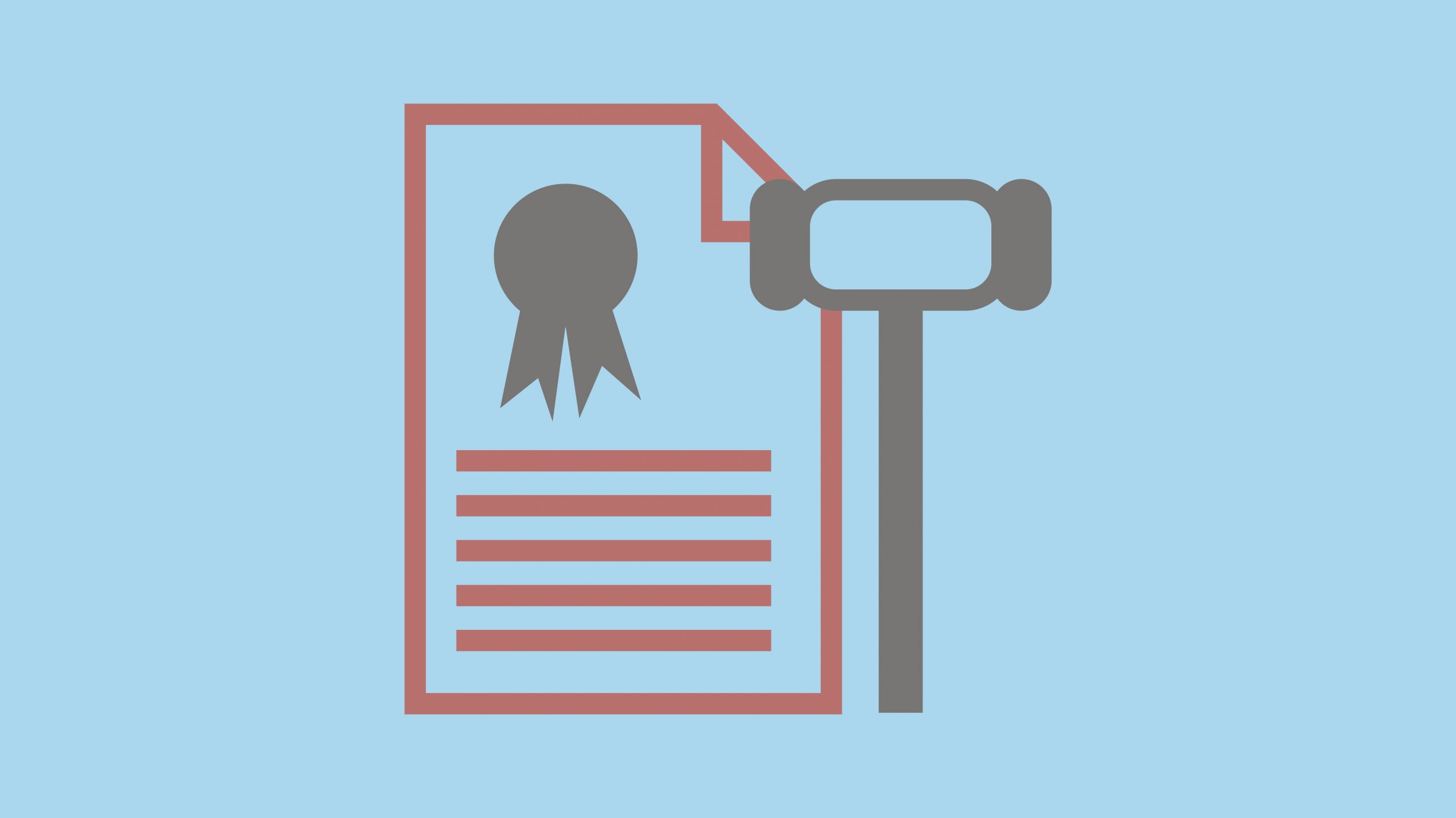What’s a proforma?
A proforma is a business financial statement that is based on future, planned income and expenses. It’s not based on actual sales and it is not a sales forecast, but is used for brand new startup companies, for those that are expanding in to new product or service lines. It’s required to get bank loans for your business, when you don’t yet have a business started.
https://www.inc.com/encyclopedia/pro-forma-statements.html
A proforma looks at both income AND expenses (it’s more than a sales forecast) and it also includes cash flow forecasting. The process of developing one takes an entrepreneur from “hey, that’s a great idea” to “well, to do this well, we will need to do X, Y and Z.” It forces you to think clearly and strategically about the direction you want your business to go.
When we work with global startups, we frequently start with customer discovery. Does the customer even NEED what we want to sell, and what do they actually need in the first place (to solve whatever problem they have.) This is the financial side of that equation. Not just “can we make money at this” but a real understanding costs, potential income and the reality check that puts a business decision in a more serious light. If you cannot convince a banker to lend you funds (or an investor), you probably don’t have a viable business, but rather, a good idea that might take root in the future.
Proforma do not need to be complex at all. They can be a simple (and plain) spreadsheet looking at income and expenses over a period of time (a minimum of a year.)
How to prepare one:
If your business is just starting up, you’re going to use your sales (income) projections to create your income section. Your expense section will be everything from advertising, legal, professional, office, payroll expenses to loan payments and rent (if needed). You’ll project this over time, taking into consideration seasonal variations in product sales (e.g. retail sales pick up in the 4thquarter, seasonal goods or services pick up in the spring/summer.)
At the end of the worksheet, you will total your income and expenses, and you should show at least a break-even or a profit (that is the goal). If you do not, you will need to review sales projections, and expenses. If you project two to three years, you should be able to adjust for variables such as market expansion and increased product awareness.
Although a proforma for a bank will include additional information (an executive summary among other things), a proforma for your own internal use, to make decisions like “is this business idea viable?” does not need to include these. Taking the time to prepare these statements while you’re still in that blissful idea stage is a great way to temper your enthusiasm with a dose of reality.
Doesn’t this take the spark out of the business idea in the first place?
Yes and no. It adds validity to your business idea. It may also show you that your current price point is too low, that your business won’t satisfy the personal goals you’ve set for it. If those things take the spark out of your idea, that may show that this business idea either isn’t quite ready, or you should do something to improve it’s performance so that it does meet your life goals (see more about lifestyle businesses here.)
Why doesn’t every business coach or advisor use one?
Because most did not get this education in business school and many coaches are communication people, not finance majors. Most professionals starting businesses are not necessarily educated in business and often, business schools do not teach this – they teach accounting and finance, but it’s not aimed at startups. Startup boot camps, those coaching startups DO use this, even if it’s a quick-and-dirty financial model to validate a business idea before it even gets off the ground. It’s a perfect companion to the customer discovery process. Many entrepreneurs (particularly women!) price their products and services too low, not too high.
It seems so complex, so, well, impersonal, to make fundamental changes to my business this way.
Numbers provide us with concrete ways of examining performance. You might say your business is successful, but if it doesn’t meet your stated goals, no amount of “feeling successful” is going to satisfy you at the end of the year. Numbers CAN and DO lie, so be sure not to artificially inflate your projections or downplay your expenses. If you don’t know what to charge, look at competitors in your space, or look at similar business models. If you don’t know what expenses to consider, you can find a lot of information online that will help you. Typical business expenses include advertising, utilities, software, insurance, taxes, licensing, payroll/wages. Cost of goods sold (inventory, materials, contractors etc.) also need to be factored in.
Using a proforma is a smart way to plan a new business venture, new product line or new initiative. It gives you a good idea of what your great idea could do for your business. It helps you think clearly and rationally about what you could really make. Yes, it might poke holes in that great idea, but it’s better to find them out now than find them later when you have a lot invested into it.






